CHESTNUT - Project partners presenting Mobility Scenario from Work Package 3
18-03-2019
You can find the complete document in the Library.
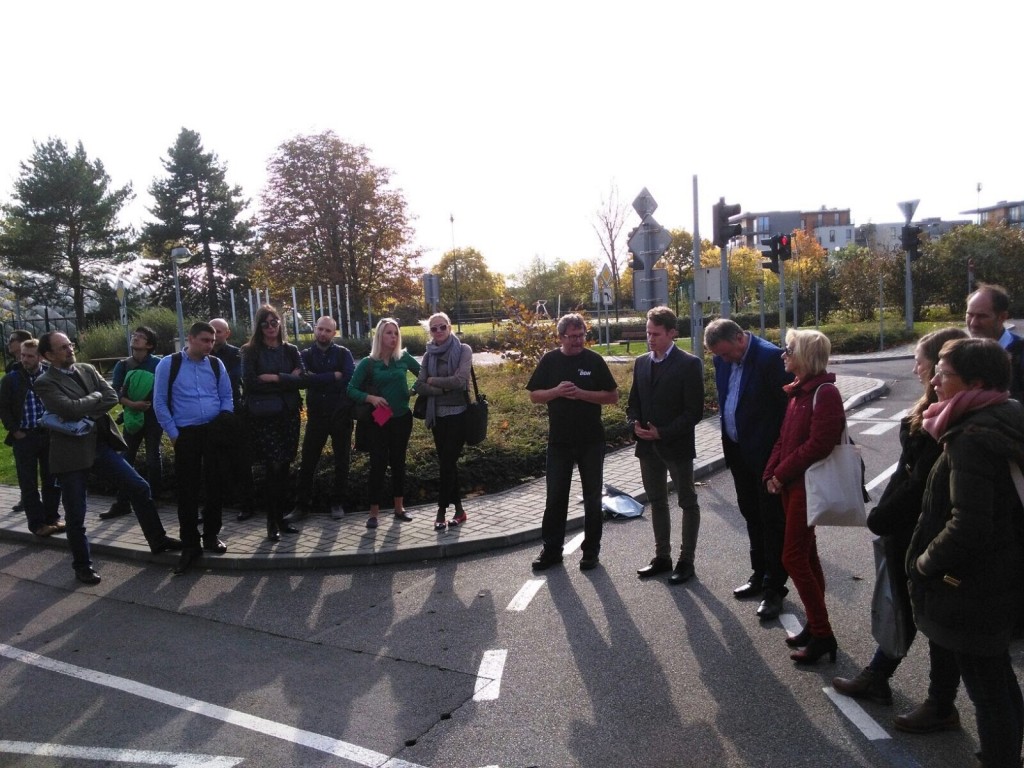
This current Transnational Strategy on the one hand intends to establish a starting point with the help of mobility related status quo analysis of the participant countries’ Functional Urban Areas (FUAs). The first part of the strategy shall provide comprehensive information about all the involving FUAs’ mobility related status quo analysis and shall shed light on the common mobility problems and challenges which are present in the FUAs.
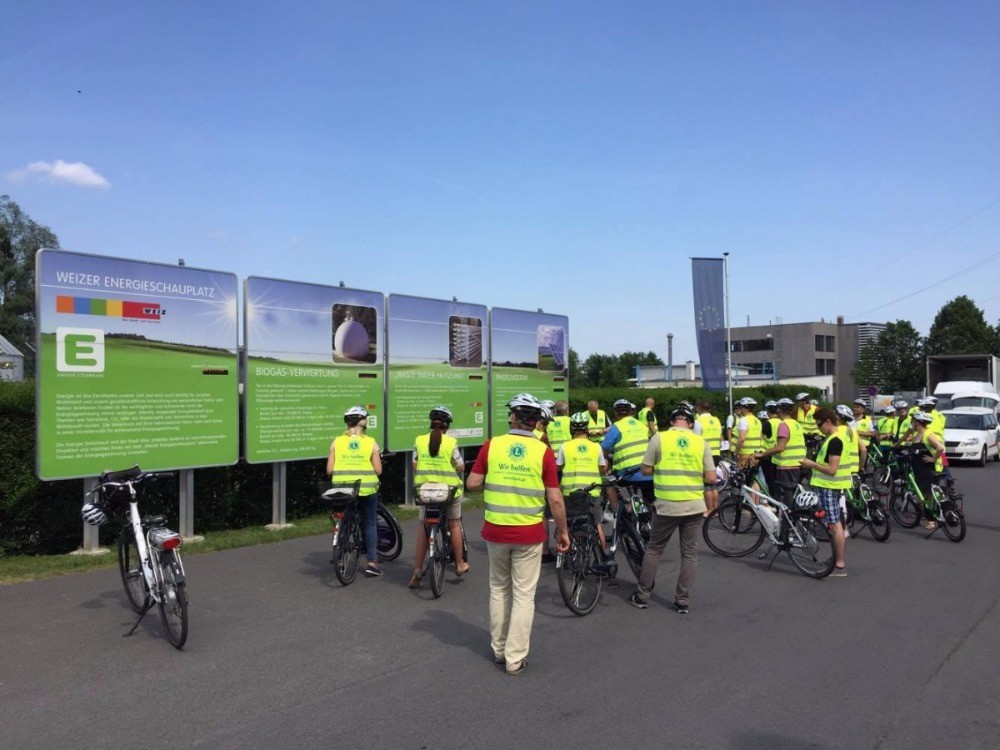
The status quo analysis is essential to understand the current situation about FUA’s mobility in a comprehensive manner. This forms a basis of the analysis of different scenarios, and will form an important basis of Sustainable Urban Mobility Plans (SUMPs) drafted in Work Package 4. (WP4) Vienna University of Technology (VUT) as the scientific supporter of Work Package 3 (WP3), and Pannon Business Network Association (PBN) as WP3 Leader prepared a guideline for the partnership which contained how to analyse their status quo, as well as it indicated the required methodology for mobility scenarios and overarching goals preparation too.
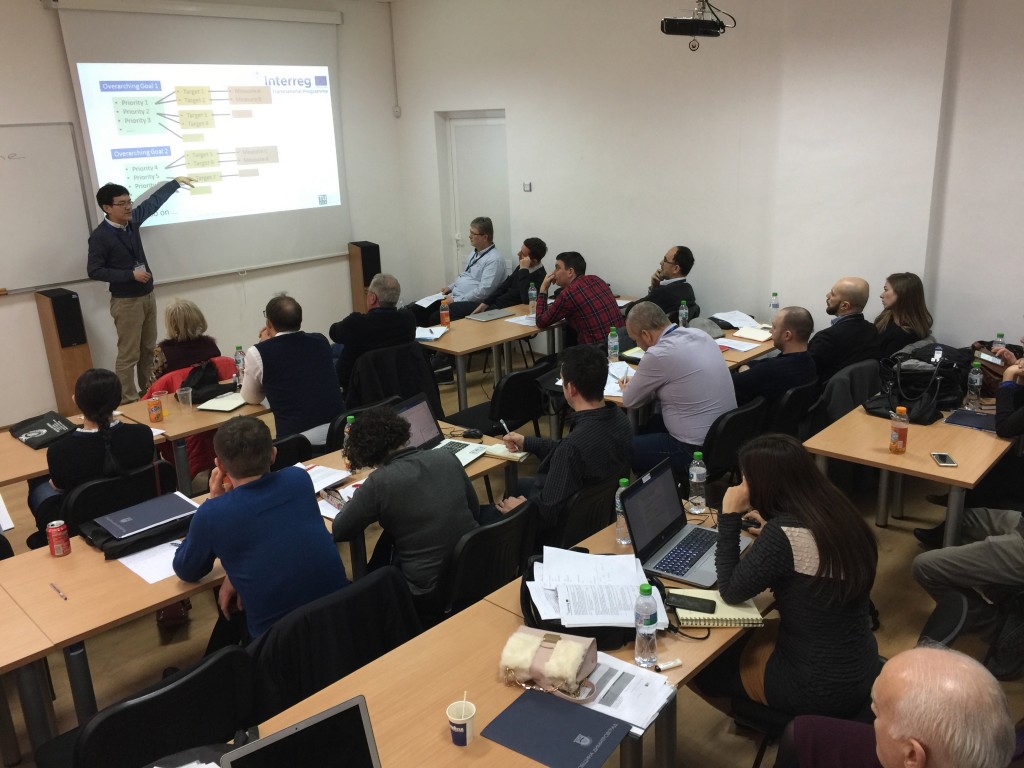
Following the demonstration of all project partners’ Functional Urban Areas’ current mobility situations, the first chapter of the strategy shall present the common problems and challenges, partners have to solve in connection with mobility in the near future.
The other aim of yhe strategy is to compare project partners ‘mobility scenarios, prepared for Deliverable 3.2.3 (Mobility scenarios of 12 project partners' regions). All partners had to create at least three scenarios, but maximum five scenarios could be prepared. In this phase partners had to set their planning horizon on either 2025 or 2030 based on their FUA’s planning time frame. The comparison of the prepared mobility scenarios shall be pointed out in the second half of the strategy.
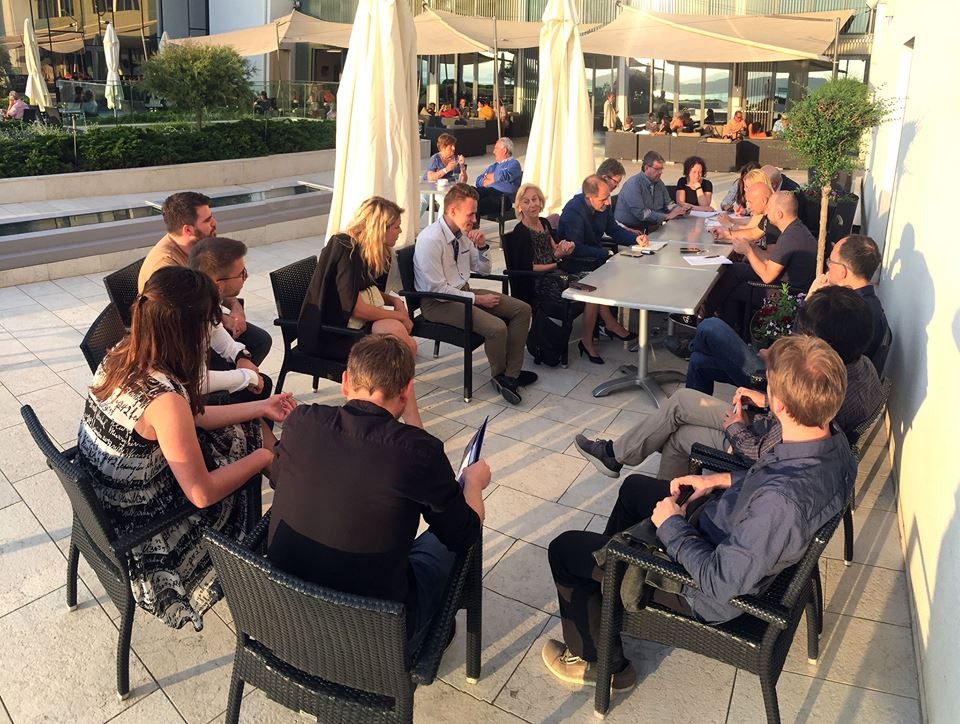
Following the mobility scenarios comparison section, the strategy shall contrast the overarching goals of project partners. As the guideline suggests, these overarching goals guide the further steps of Sustainable Urban Mobility Plan drafting envisaged in WP4. Stakeholders in each FUA had to agree on a common vision, which is a long-term goal for mobility and transport development in partners’ FUAs, which will guide the further planning and SUMP-drafting process. Partners were recommended to set up four to six overarching goals that shall be discussed in the last part of the strategy.
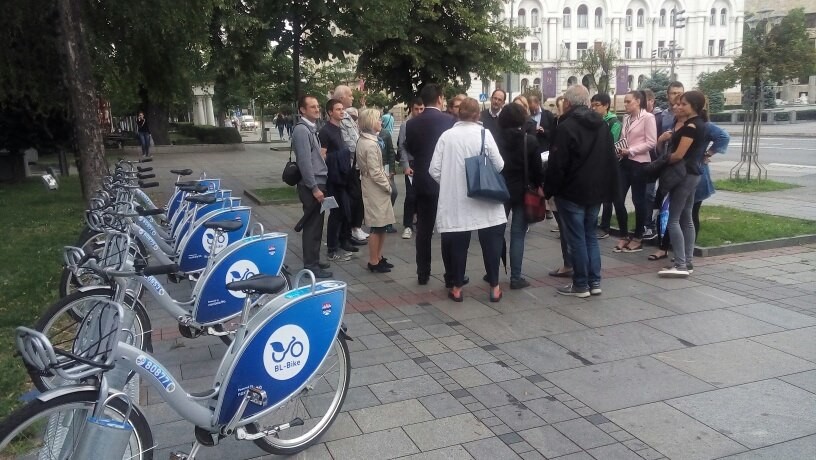
With the help of the comparison of FUAs’ different mobility scenarios and overarching goals, project partners will have an overview about their mid- and long-term objectives as well as priorities that reflect a common vision of the Danube region. The current transnational strategy focuses on variegated urban areas involved in the project and will be the knowledge base for drafting the Sustainable Urban Mobility Plans at Functional Urban Area level with the help of status quo analysis as well as due to the comparison of mobility scenarios and overarching goals.
